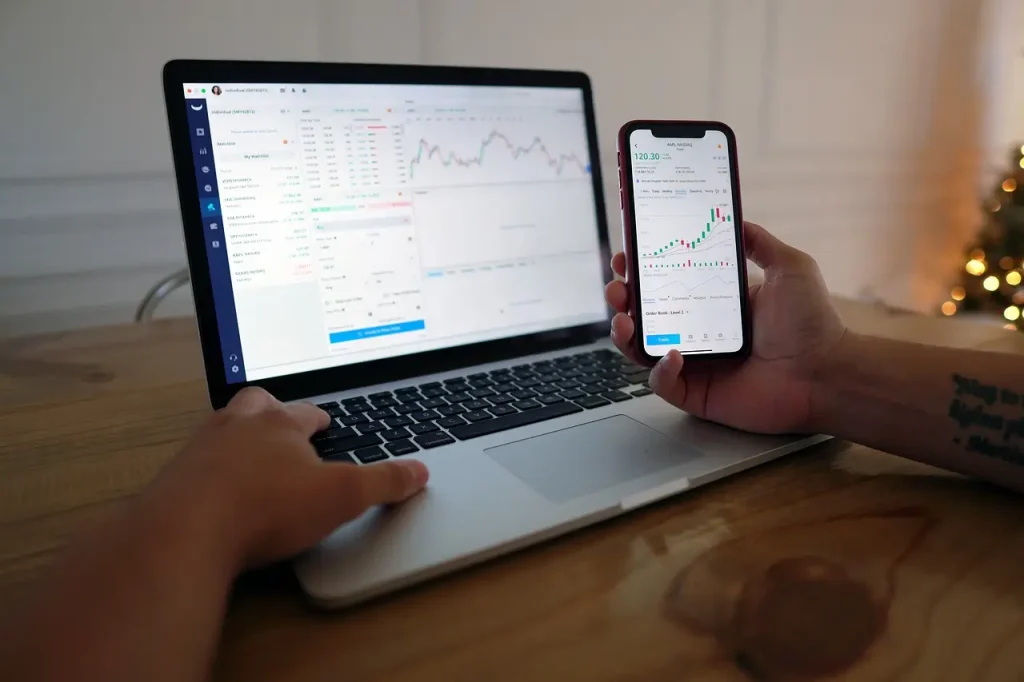The Historical Volatility indicator measures past price fluctuations to help forex traders assess market risk and potential price movements. In this guide, we’ll explore how Historical Volatility works, its advantages, and the best strategies to trade with it effectively.
The Historical Volatility (HV) indicator measures the degree of price variation over a specified period. Unlike implied volatility, which predicts future fluctuations, HV analyzes past price movements to determine the market’s risk level and potential for future volatility.
The Historical Volatility formula is:
HV = Standard Deviation of Log Returns × Square Root of Time
Where:
Traders use HV to evaluate market risk before entering trades:
Trading Tip: Use a lower position size in high-volatility conditions to manage risk.
Historical Volatility helps traders adapt to market conditions:
HV can help confirm strong or weak trends:
Pairing HV with Bollinger Bands helps predict breakouts:
✅ Pros:
❌ Cons:
The Historical Volatility (HV) indicator is a valuable tool for assessing market risk and adjusting trading strategies. When combined with trend indicators or Bollinger Bands, HV helps traders make more informed decisions about market conditions and price fluctuations.
Join thousands of traders who trust VantoFX as their top trading provider. Experience the difference – trade with the best.
Don’t know which account will be best for you? Contact us.

Trading over-the-counter derivatives involves leverage and carries significant risk to your capital. These instruments are not appropriate for all investors and could result in losses exceeding your original investment. You do not possess ownership or rights to the underlying assets. Always ensure you are trading with funds you can afford to lose.